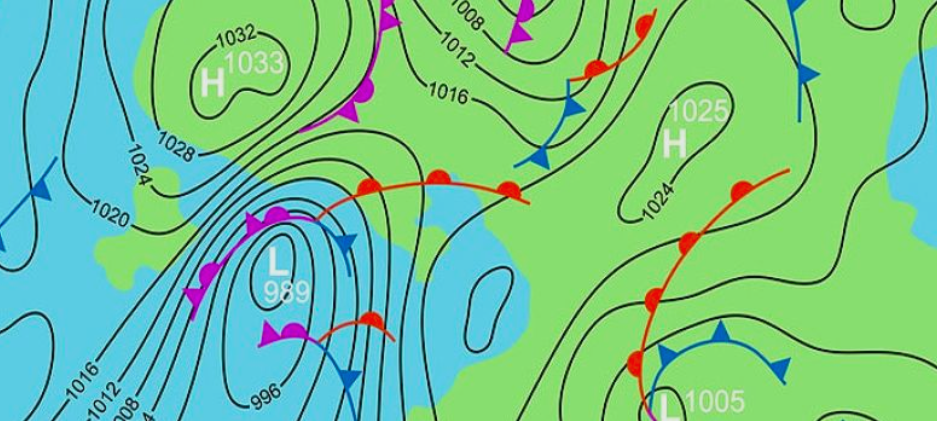Jig: System Of Relationships
 Elena Cabrera
·
2 minute read
Elena Cabrera
·
2 minute read
In our jig series, we have explored many jigs such as a Barbell Jig, which combines the patterns R, D and S to create new molecular structures. In this post, we explore the "System of Relationships" jig or "S-of-R". A system of relationships is a part-whole system where the parts are relationships. Usually, (although not always) the relationships act together in some way to make up a meaningful system (as opposed to just being parts of a system of relationships without any dynamical properties or similarities). In other words, it is a jig where a set of relationships work together to form a system.
Structurally this jig takes a bunch of identities and relates them in some way. Once you become aware of S-of-R jig, it becomes clear that the relationships between parts can create their very own subsystem. S-of-R can be applied to other fields and theories as well. This jig is heavily used in the field of System Dynamics where positive (+) and negative (-) relationships come together to form a system of relationships—feedback is one such example of an S-of-R because there are at least two relationships working in a system. It is also prevalent in Network Theory, where often the relationships in a given network are all the same. For example this high school dating network1 represents a System of Relationships that might be called "dating."
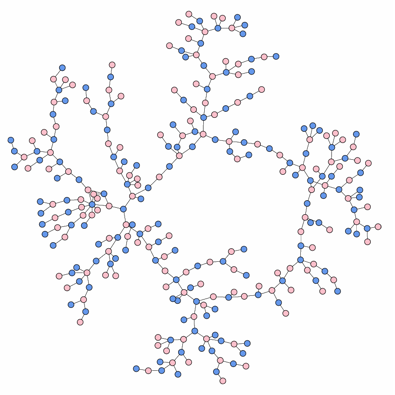 Or another example of a System of Relationships " in network graphs is the map below showing "interdisciplinary collaborations."2
Or another example of a System of Relationships " in network graphs is the map below showing "interdisciplinary collaborations."2
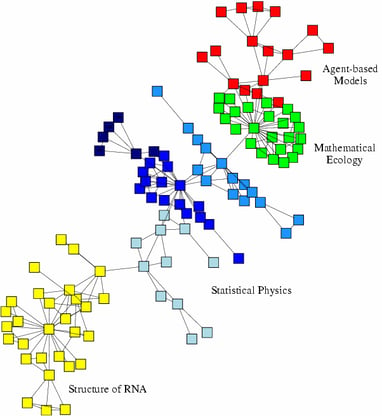
Of course, the relationships do not have to be the same, and DSRP allows for that. But in a S-of-R jig its all about what the relationships are doing together. In other words, relationships in the system, define the system of relationships. Below you can see an S-of-R where the items in red make of the S-of-R (signified by the red "S" to the right of the system). Note that in this relational -system, the items being related (A, B, and C) are ignored in order to focus on what the system of relationships are doing.
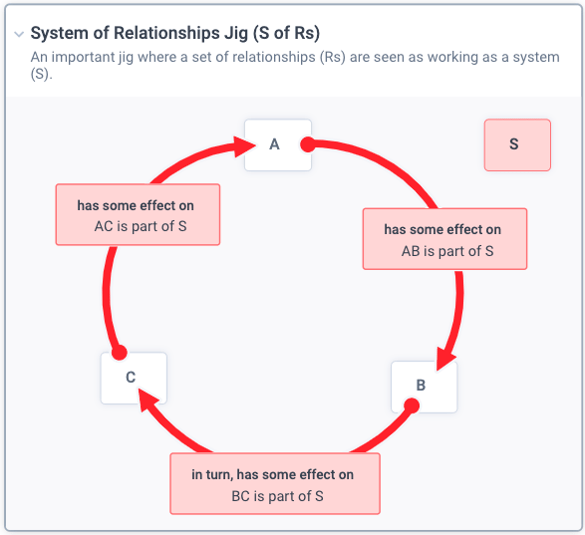
For example, your organization has four universal functions described in the book Flock Not Clock: Vision, Mission, Capacity, and Learning or VMCL. This organizational system includes relationships between and among these four parts. These relationships are critically important and for a System of Relationships called "coupling" or "alignment." So, while it is important to understand the four universal functions, it is also important to understand how the relationships between V, M, C, and L work as a system of relationships.
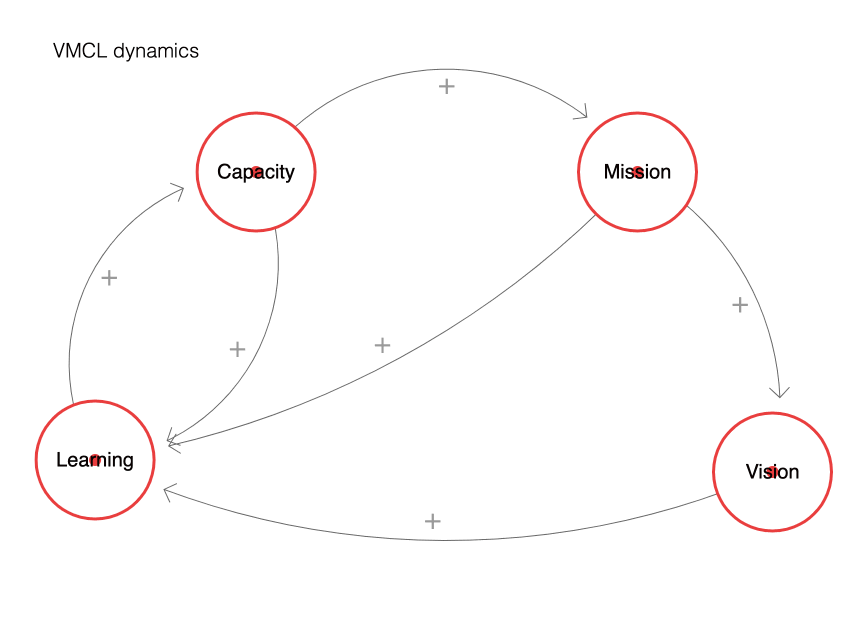
The S-of-R Jig helps you to highlight the relational dynamics of a system as being its own subsystem of sorts. In a sense, it does the opposite of what our cognitive tendency is to do: to lowlight the relationships and highlight the things being related. Its a handy tool to see more in your systems. Protip: If you combine this jig with the RDS Jig, you get a System of RDSs.
Get the S-of-R map here!
1Data drawn from Peter S. Bearman, James Moody, and Katherine Stovel, Chains of affection: The structure of adolescent romantic and sexual networks, American Journal of Sociology 110, 44-91 (2004).
2Interdisciplinary collaborations from M. Girvan and M. E. J. Newman, Community structure in social and biological networks, Proc. Natl. Acad. Sci. USA 99, 8271-8276 (2002).
.png?width=150&height=150&name=CRL%20GOAT%20Logo%20(4).png)
